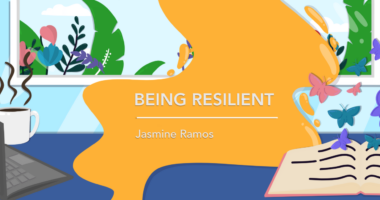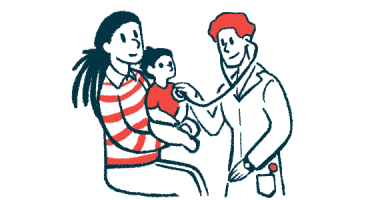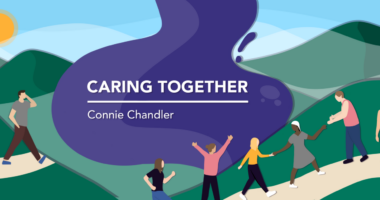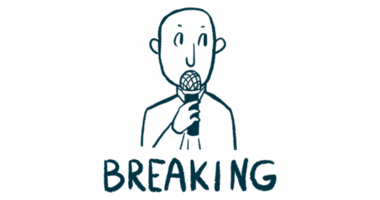6 tips for better sleep with SMA
Last updated June 13, 2025, by Susie Strachan

Spinal muscular atrophy (SMA) symptoms, such as muscle weakness, limited movement, and breathing problems, can keep you up at night. And when your sleep is disturbed, it can affect your energy, focus, and overall well-being.
These simple strategies, such as using specialized pillows and relaxing techniques, may improve the quality of your sleep and help you wake up feeling more refreshed.
1. Make your bed better
Your bed is one of the first places to start for a restful night.
- An adjustable bed can help elevate your head or legs to support your body without straining your muscles.
- A smart bed lets you adjust its temperature, elevation, and firmness.
- Medical or orthopedic wedges or bolsters can be used to reduce pressure on areas of the body, such as when placed to support the neck, back, chest, or knees.
- Specialized wedges can also help you stay in a comfortable position at night.
- An orthopedic mattress can distribute weight more evenly, reducing pressure and lowering the risk of developing pressure sores.
2. Support your breathing
When muscle weakness from SMA affects your lungs and chest, you may have trouble taking deep breaths, clearing mucus, or maintaining open airways during sleep. Any of these problems can cause you to wake up throughout the night.
There are tools and therapies to address some of these issues. Your SMA care team can show you how to use them at home safely and effectively.
Bilevel positive airway pressure (BiPAP)
If your breathing becomes shallow or labored while sleeping, your doctor may recommend a BiPAP machine. A BiPAP has two air pressure levels — one for inhalation, another for exhalation — to keep airways open and reduce strain on your breathing muscles.
Airway clearance and breathing therapy
A cough assist machine can help clear mucus and improve airflow before going to sleep.
Chest physiotherapy and other airway clearance techniques, which can be done before bedtime, may also ease breathing.
3. Relieve tight and tired muscles
Muscle tightness, spasms, and weakness can make it hard to fall asleep.
Doing simple movements before bed, such as gentle leg or arm stretches, light shoulder rolls, or guided range-of-motion exercises, may help reduce stiffness and relieve muscle discomfort. Using warm compresses or being given a gentle massage may also help.
Ask your care team or your physical therapist for a safe nighttime routine to help your body relax.
4. Change positions
Constant pressure on the body from being unable to change your position can cause deep discomfort or, eventually, bed sores. Scoliosis, which is a spinal curvature that can develop from having SMA, can make it even more difficult to get comfortable.
Switching positions is often needed. In many cases, a family member or caregiver will have to assist.
Slide sheets or turn-assist systems can make repositioning easier and gentler. There are also some beds that can be programmed to shift positions. Talk to your doctor about whether that is a safe option for you.
An occupational therapist may also be able to give you and your caregiver tips for safe repositioning.
5. Calm your mind
Relaxation techniques, such as a few minutes of deep breathing, mindfulness meditation, or gentle guided imagery, may quiet any racing thoughts, help you better cope with discomfort, and prepare your body for sleep.
Sleep apps, which are often compatible with voice assistants, and YouTube videos for guided meditation, can be a good resource for creating a calming bedtime routine.
6. Stay cool
Muscle weakness means your body may not regulate heat as easily. And restricted movement during sleep can cause body warmth to build up.
Reduce your bedroom’s temperature by keeping blinds or curtains closed during the day and putting on an air conditioner or fan before you plan to go to sleep.
You may also be able to avoid becoming overheated by wearing moisture-wicking pajamas, changing to lightweight, breathable sheets (like cotton or bamboo), and trying a cooling mattress pad, blanket, or pillow.
Better sleep with SMA is possible. Talk with your SMA care team about how to create a more restful routine.
SMA News Today is strictly a news and information website about the disease. It does not provide medical advice, diagnosis, or treatment. This content is not intended to be a substitute for professional medical advice, diagnosis, or treatment. Always seek the advice of your physician or other qualified health provider with any questions you may have regarding a medical condition. Never disregard professional medical advice or delay in seeking it because of something you have read on this website.
Recent Posts
- SMA shapes how I navigate a season of personal growth
- A lesson on being thankful this holiday season
- Children with SMA face higher emotional and behavioral challenges
- Things I’m thankful for, although it might not seem like it, part 2
- Alice Wong sparked a fire in all of us in the disability community







